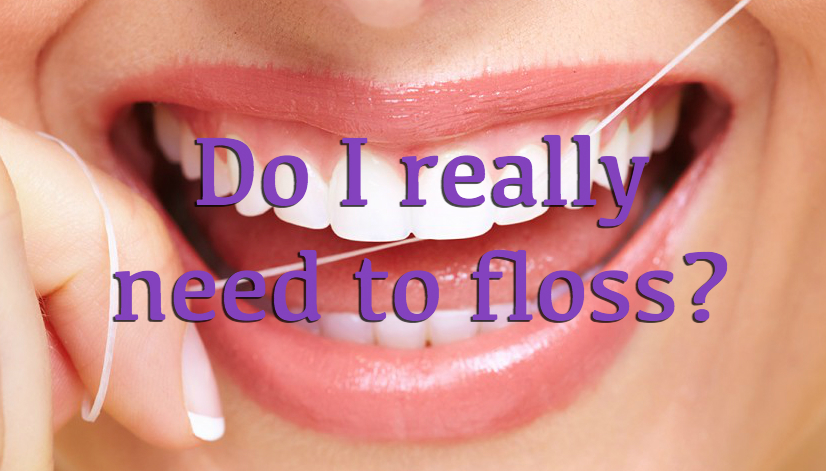As summer draws to an end, we are caught at an in-between time of refreshing iced teas and back-to-school coffees. No matter what the season, it's easy to get stuck in a habit of sipping on something sweet and flavorful. Unfortunately, this is the exact pattern that leads to increased risk of tooth decay and cavities.
While many think of dental decay as a childhood disease, it can most certainly affect teenagers and adults. The problem almost always extends from dietary choices. Every time we eat or drink anything other than water, our mouths become acidic for a 30 minute period. During this time, enamel is softened and more susceptible to bacterial attack. If you sip on sugary drinks all day, your mouth practically lives in this weakened state. This is why soft drinks are particularly detrimental to oral health. Commonly known as "Mountain Dew Mouth" these sweet and acidic beverages leave a telltale pattern of decay and staining in patients' mouths.
If you're interested in cutting back on the dental damage done by your drink choices, there are a number of things you can do. First and foremost, try to avoid any drinks that contain sugar (sucrose, fructose, glucose, etc.). Even it it's naturally sweetened or organic, sugared beverages are never a good idea. Furthermore, you can cut back on the contact between your teeth and the beverage using a straw. This also works great for keeping heavily pigmented drinks away from freshly whitened teeth. Finally, rinsing with water after finishing your other beverage can help clear away any residual sugars before they cause damage.
As you can see, small alterations to your diet can have a serious impact on your dental health. By keeping sugary foods and drinks to a minimum, you can spare yourself from extra dental work. If you would like to know more about how to adjust your diet for optimum dental health, please give our office a call!





















